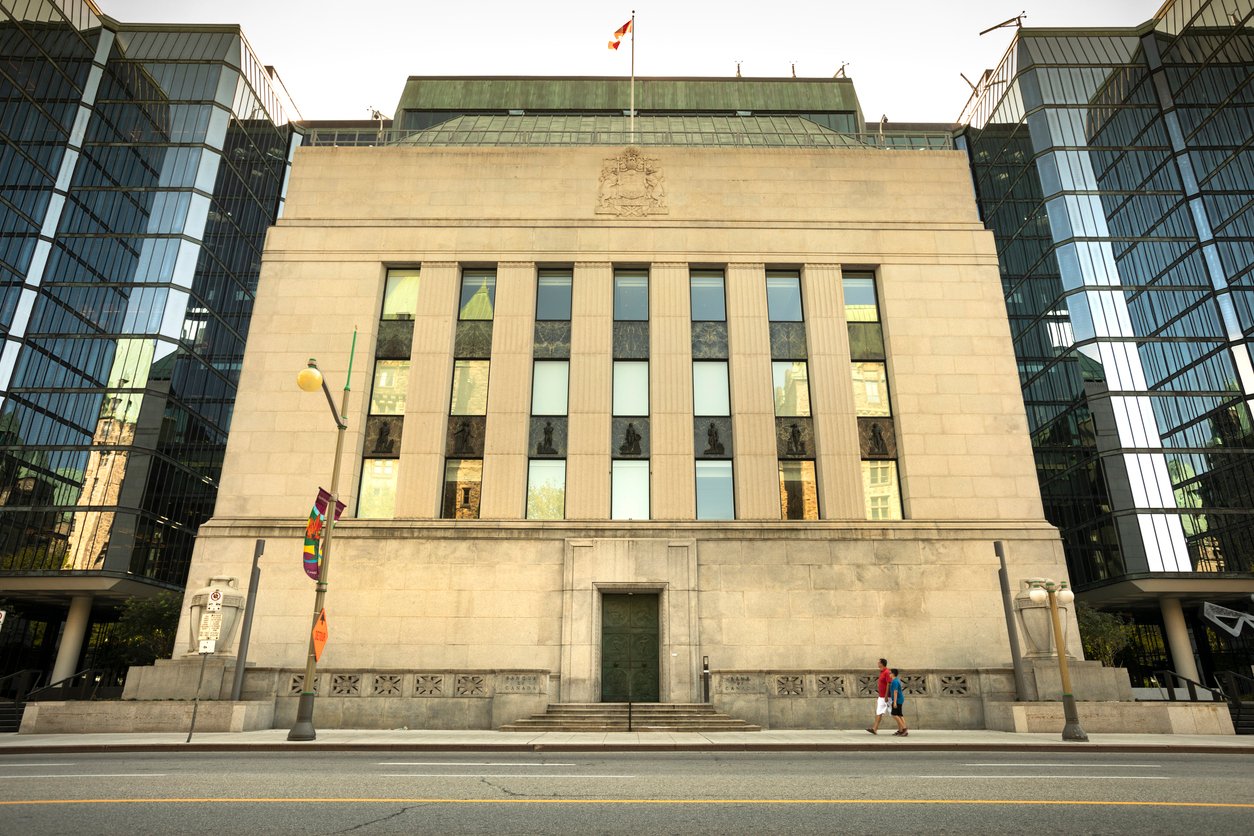New research finds curious correlations between wealth confidence and investable assets, debt of affluent clients

In one sequence of the hit show “Succession,” Connor, the eldest son of multibillionaire Logan Roy lamented: “You can't do anything with five [million] … five's a nightmare: you can't retire, not worth it to work … poorest rich person in America.”
Many might dismiss that as the kind of out-of-touch thinking to expect from one born with the most silver of silver spoons, but it actually reflects a behavioural quirk borne out in recent research by TD Wealth, which looked at the factors affecting wealth confidence among affluent and emerging affluent Canadians working with advisors at the firm.
A higher tax bracket in wealth confidence
In one fascinating finding, TD Wealth’s research showed that wealth confidence and investable assets are positively correlated at first. But once affluent clients reach $3.5 million in investable assets, that relationship starts to reverse, with wealth confidence declining as assets increase.
“One of the explanations is that more money tends to have a net negative impact at that $3.5-million level,” says Anthony Damtsis, deputy head of Behavioural Finance at TD Wealth. “One of those three components of wealth confidence, the social comparison piece, starts to take a nosedive.”
As Damtsis sums it up, keeping up with the Joneses will tend to become harder for people who hit a certain level of investable assets. For example, someone who’s reached a new high in their career might move to a new city. They might be the richest person in their hometown, but living in a wealthier neighbourhood in Toronto, Vancouver, or Montreal might make them feel more impoverished by comparison.
“Those households may represent a smaller proportion of the population, but it’s a lot more salient to you because they’re living right next door,” Damtsis says. “That fancy car you just bought is an upgrade from anything else you’ve ever had, but Mrs. Jones down the street has an even nicer car.”
According to TD Wealth’s study, affluent clients who breach the $3.5-million threshold will enter an “ebb tide” tier of investable assets, where assets are negatively correlated with wealth confidence. To help clients who might be feeling less confident in this new league of affluence, Damtsis says advisors may consider adding charitable donations and philanthropic giving in their wealth plans.
“Our data would suggest that looking at philanthropic giving, particularly among those who have more than three and a half million dollars, has a positive impact,” he says.
“One other thing advisors can talk about with their clients is debt reduction,” Damtsis adds. “Not all clients will have high levels of personal debt, but among those who do, our data suggests it tends to have a negative impact on wealth confidence.”
Does lowering debt raise wealth confidence? It’s complicated
While there’s an abundance of data showing debt as a major stressor for Canadians, TD Wealth’s research revealed its relationship with wealth confidence isn’t so straightforward.
In its study, TD Wealth categorized debt into three separate buckets: personal debt, which includes credit card debt; regular debt, such as mortgages and loans to buy other durable goods; and debt for growing wealth, which includes borrowing money to invest.
The research confirmed a negative correlation between personal debt and wealth confidence – which squares with other work suggesting its link to lower financial well-being, worse physical health, and worse mental health outcomes.
Regular debt has no impact either way, Damtsis says, possibly because the individual immediately feels the tangible benefits from borrowing – how mortgages can allow someone to enjoy homeownership, for example. Being house-rich, he adds, is traditionally seen as a strong marker of success.
“Interestingly, though, debt to grow wealth has more nuanced relationship with wealth confidence,” Damtsis says. “We’ve seen that when people invest with $50,000 of debt, it tends to have a negative effect. … I think that's an interesting finding in and of itself.
“What makes it especially curious is that when you have between $50,000 and $100,000 in debt to grow wealth, wealth confidence actually goes up. From a behavioral perspective, this makes sense.”
That increase in wealth confidence, Damtsis says, is stoked by people’s natural desire to be consistent. When someone adopts a certain attitude or behaviour for the first time, they can feel a sense of apprehension. As they stick with that habit, the feeling starts to dissipate and the person starts to feel they’re making the right choice.
But that confidence doesn’t last. TD Wealth’s research shows that as affluent clients pass the $100,000 mark in debt to grow wealth, their wealth confidence tends to take a turn for the negative again.
“That’s not to say everyone who invests more than $100,000 in debt to grow wealth is going to feel like this,” Damtsis stresses. “Everyone is unique, and their advisor is really the right person to help guide them and on the path that's appropriate for them.”
While there could be cases where borrowing to grow wealth makes sense, there have also been countless cases of clients suffering significant losses after being placed in an unsuitable leveraged strategy.
In the case of TD Wealth’s research, Damtsis underscores the need for advisors to know their client’s risk tolerance and risk capacity, as well as understand when their client is acting on a short-term desire or considering a long-term strategy that will eventually get them to where they want to be.
“In my opinion, this is one of those areas where there has to be a lot of trust between the client and advisor,” he says.



